Education in Malaysia is overseen by the Ministry of Education. Although education is the responsibility of the Federal Government, each state and federal territory has an Education Department to co-ordinate educational matters in its territory. The main legislation governing education is the Education Act 1996.
A medical school is a tertiary educational institution, professional school, or forms a part of such an institution, that teaches medicine, and awards a professional degree for physicians. Such medical degrees include the Bachelor of Medicine, Bachelor of Surgery, Master of Medicine, Doctor of Medicine (MD), or Doctor of Osteopathic Medicine (DO). Many medical schools offer additional degrees, such as a Doctor of Philosophy (PhD), master's degree (MSc) or other post-secondary education.
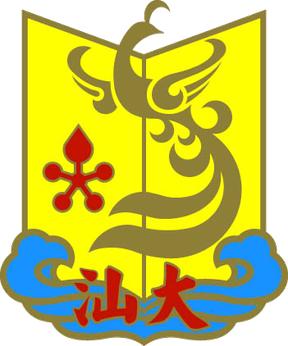
Shantou University, a key comprehensive university under the provincial Project 211 program in Shantou, Guangdong, was founded in 1981 with the approval of the State Council.

Peking Union Medical College, founded in 1906, is a selective public medical college based in Dongcheng, Beijing, China. It is a Chinese Ministry of Education Double First Class University Plan university. The school is tied to the Peking Union Medical College Hospital and has a joint 8-year clinical medicine science program with Tsinghua University.
The educational system in Taiwan is the responsibility of the Ministry of Education. The system produces pupils with some of the highest test scores in the world, especially in mathematics and science. Former president Ma Ying-jeou announced in January 2011 that the government would begin the phased implementation of a twelve-year compulsory education program by 2014.
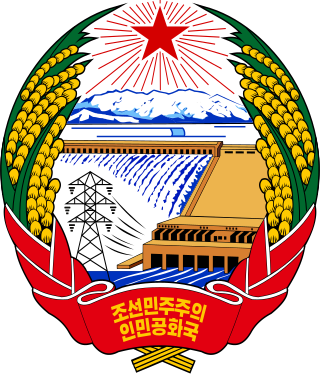
Education in North Korea is universal and state-funded schooling by the government. As of 2021, UNESCO Institute for Statistics does not report any data for North Korea's literacy rates. Some children go through one year of kindergarten, four years of primary education, six years of secondary education, and then on to university. The North Korean state claims its national literacy rate for citizens aged 15 and older is 100 percent.

Education in Pakistan is overseen by the Federal Ministry of Education and the provincial governments, while the federal government mostly assists in curriculum development, accreditation and the financing of research and development. Article 25-A of the Constitution of Pakistan obligates the state to provide free and compulsory quality education to children of the age group 5 to 16 years. "The State shall provide free and compulsory education to all children of the age of five to sixteen years in such a manner as may be determined by law".
In China, the practice of medicine is a mixture of government, charitable, and private institutions, while many people rely on traditional medicine. Until reforms in the late twentieth and early twenty-first century, physicians were quasi-government employees and with little freedom in the choice of the hospital to work with. In addition, decades of planned economic policy discouraged physicians from opening their own clinics, and the practice of medicine was generally under the control of local units, such as factories, government, offices, or communes. The reforms created a largely private practice, and physicians now are encouraged to open private clinics and for-profit hospitals.
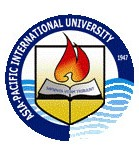
Asia-Pacific International University is a private Christian university located in Saraburi, Thailand. Its main campus is in the rural town of Muak Lek, Saraburi Province and the nursing school is located on the grounds of Bangkok Adventist Hospital in downtown Bangkok. It is the only tertiary education institution serving the Southeast Asia Union Mission of Seventh-day Adventists. Asia-Pacific International University was formerly called Mission College until mid-2009 when it was granted university status. It is a part of the Seventh-day Adventist education system, the world's second largest Christian school system.
Education in Armenia is held in particular esteem in Armenian culture. Education developed the fastest out of the social services, while health and welfare services attempted to maintain the basic state-planned structure of the Soviet era, following Armenia's independence in 1991. Today, Armenia is trying to implement a new vision for its higher education system while pursuing the goals of the European Higher Education Area. The Ministry of Education and Science oversees education in the country.

Universitas Terbuka is Indonesia state university and employs Open and Distance Learning (ODL) system to widen access to higher education to all Indonesian citizens, including those who live in remote islands throughout the country, as well as in various parts of the world. It has a total student body of 1,045,665. According to a distance education institution in the UK, which published "The Top Ten Mega Universities", UT-3 ranks closely with universities from China and Turkey.
Education in the Philippines is compulsory at the basic education level, composed of kindergarten, elementary school, junior high school, and senior high school. The educational system is managed by three government agencies by level of education: the Department of Education (DepEd) for basic education; the Commission on Higher Education (CHED) for higher education; and the Technical Education and Skills Development Authority (TESDA) for technical and vocational education. Public education is funded by the national government.

The Yale-China Association, formerly Yale-in-China, is an independent, nonprofit organization which seeks to develop educational programs in and about China and further understanding between Chinese and American people. Founded in 1901 and originally a Protestant missionary society, Yale-China's work is characterized by long-term relationships to build Chinese institutional capacity. Current programs include the fields of public health and nursing, legal education, English language instruction, American Studies, and cultural exchange for Chinese and American students. Publications include a regular newsletter, biennial report, and the annual Yale-China Health Journal.
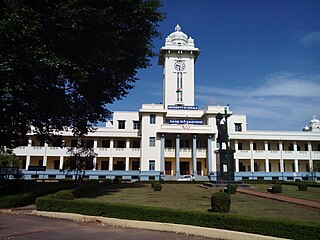
The importance and antiquity of education in Kerala are underscored by the state's ranking as among the most literate in the country. The educational transformation of Kerala was triggered by the efforts of the Church Mission Society missionaries, who were the pioneers that promoted mass education in Kerala, in the early decades of the 19th century. The local dynastic precursors of modern-day Kerala—primarily the Travancore Royal Family, the Nair Service Society, Sree Narayana Dharma Paripalana Yogam and Muslim Educational Society (MES)—also made significant contribution to the progress on education in Kerala. Local schools were known by the general word kalaris, some of which taught martial arts, but other village schools run by Ezhuthachans were for imparting general education. Christian missionaries and British rule brought the modern school education system to Kerala. Ezhuthu palli was the name used in earlier times. The word was derived from the schools run by the Buddhist monasteries. For centuries villages used to setup an ezhuthupally or ashan pallikoodam with one or two teachers. Students used to go this school from nearby areas and learn languages, literature, mathematics, grammar etc. After completing this students may continue study about specific subjects such as ayurveda, astrology, accounting etc. Censuses during 1800 shows that Travancore, Cochin, Kannur areas have many such schools. Even name list of ashans were used to be published along with the census.
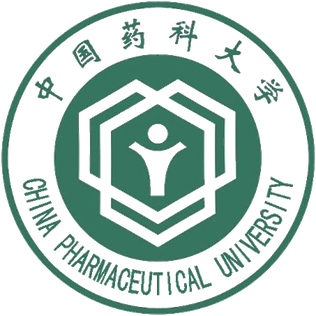
China Pharmaceutical University (CPU) is a university in Nanjing, China that specializes in the pharmaceutical sciences. It is one of national key universities under the Double First Class University Plan and former “Project 211” and universities selected for the "985 Innovative Platforms for Key Disciplines Project" affiliated with the Chinese Ministry of Education, also, the university is included in the Double First Class University Plan designed by the Chinese central government.
Provision of education in the UAE began shortly after the establishment of the federation with the inception of the first university in Al Ain, Abu Dhabi, the United Arab Emirates University. Since then, the country has progressed with efforts of ensuring high literacy rates, modern programs and women's share in education. It works on improving its youths education which is why the agenda 2021 has been set. The UAE currently devotes approximately 25 percent of total federal government spending to education. As of 2019, the overall literacy rate is 96%.

Xinjiang Medical University (XMU), formerly the Xinjiang Medical College, is a medical university in Ürümqi, the capital of the Xinjiang Uyghur Autonomous Region of the People's Republic of China. It was ratified by the National Ministry of Education in 1998 and entitled by Jiang Zemin.

Harbin Medical University (HMU) (Chinese: 哈尔滨医科大学) is a public university located in Harbin, Heilongjiang, China.

India has a publicly funded higher education system that is the third largest in the world. The main governing body at the tertiary level is the University Grants Commission, which enforces its standards, advises the government, and helps coordinate between the centre and the state. Accreditation for higher learning is overseen by 15 autonomous institutions established by the University Grants Commission (UGC).











